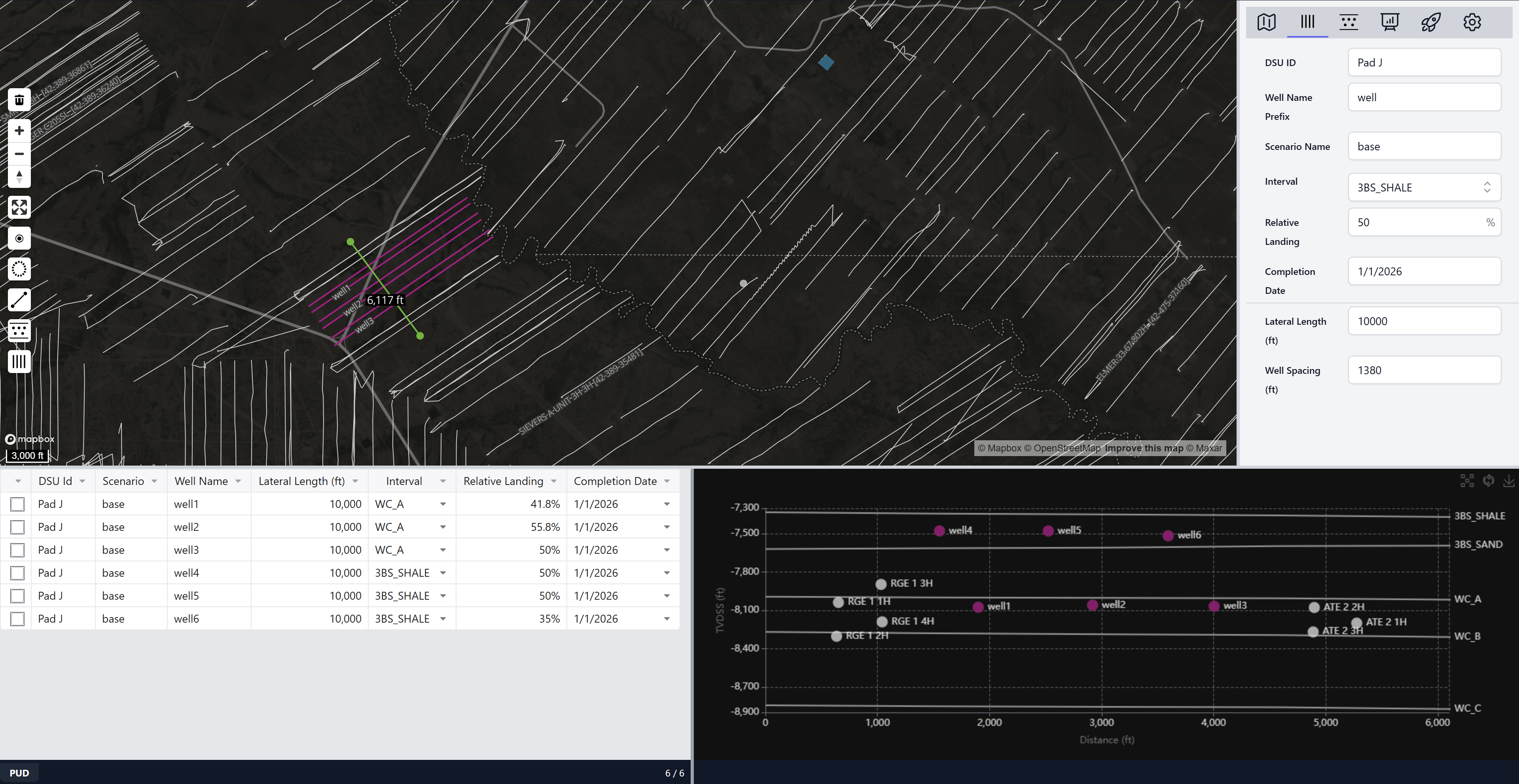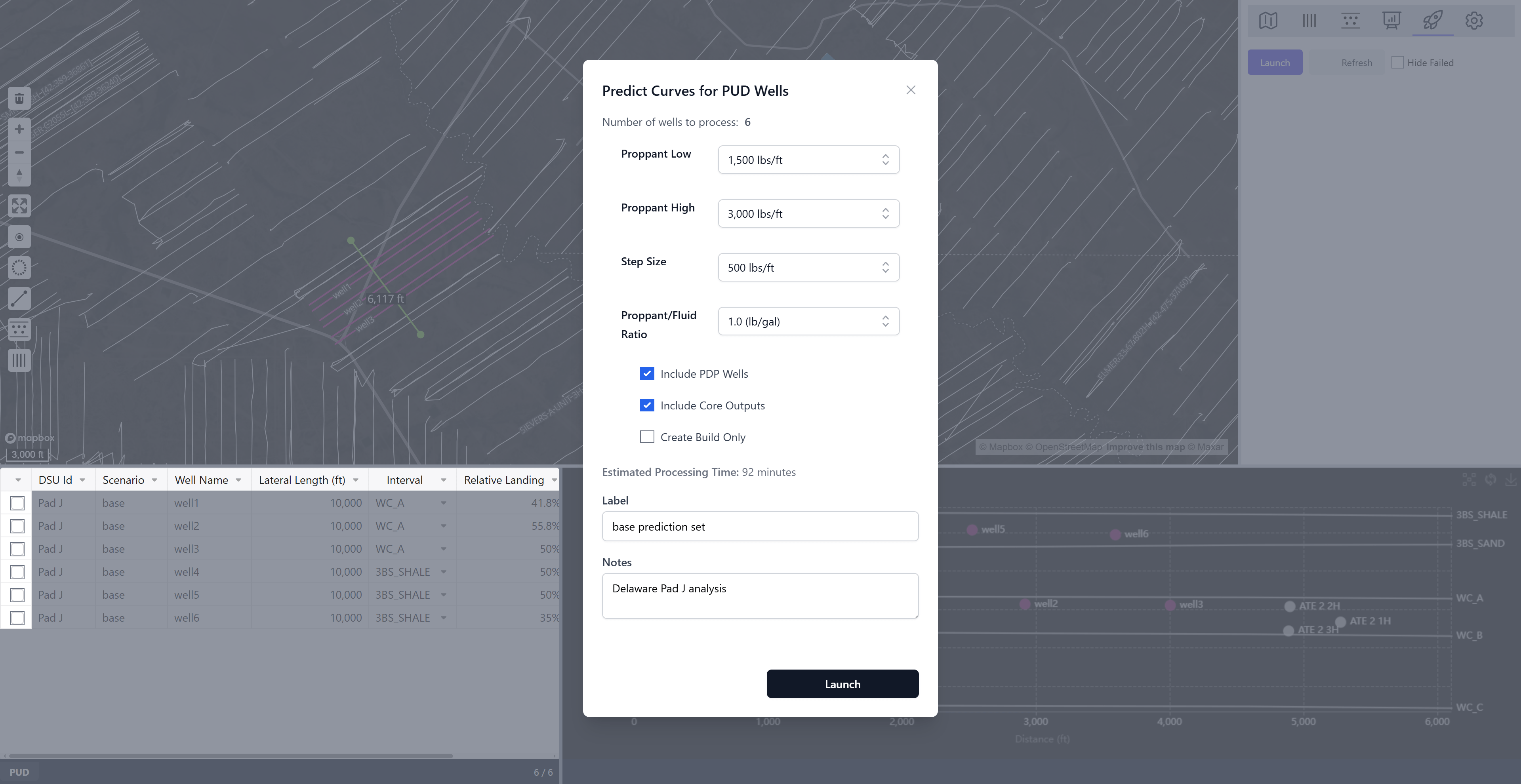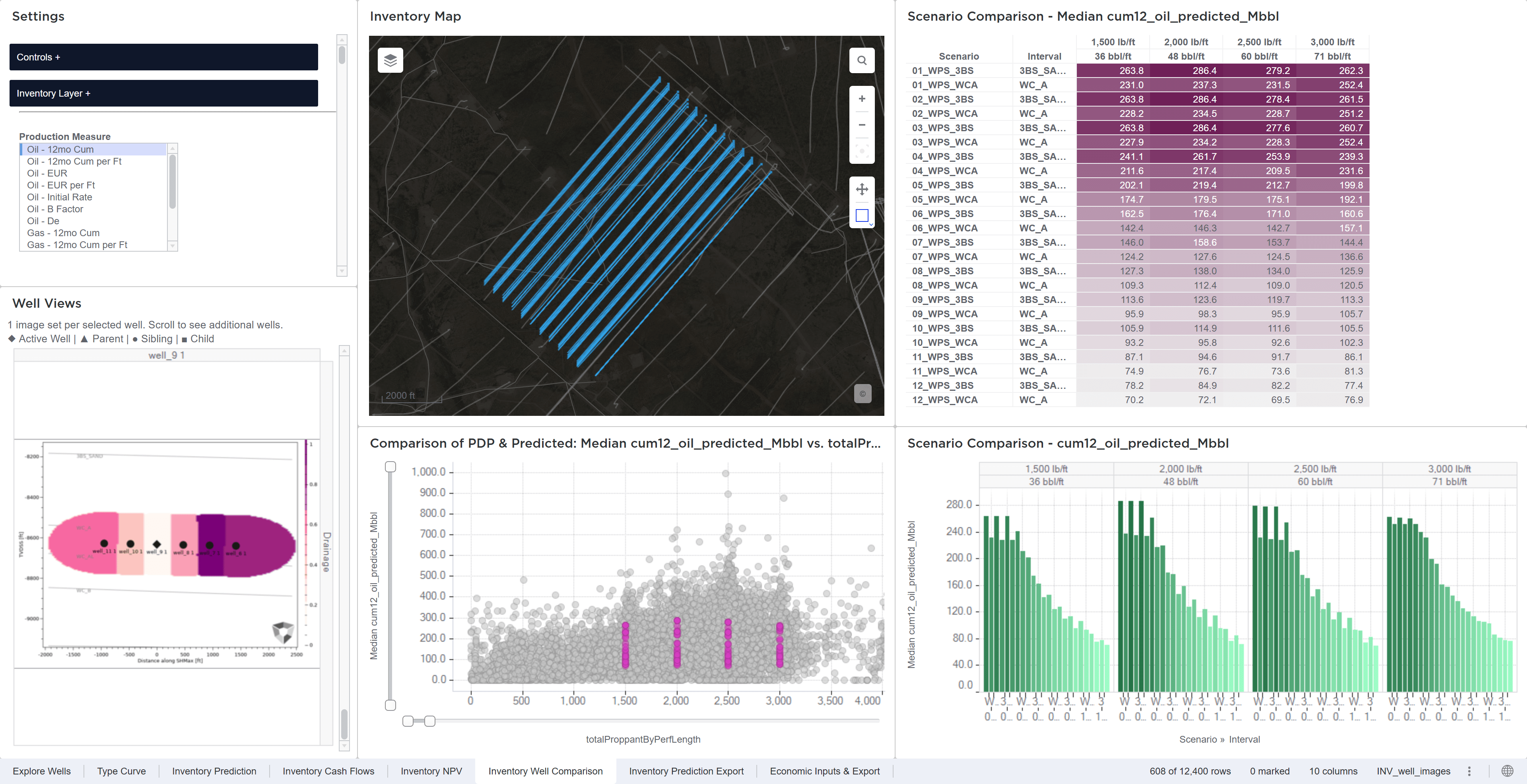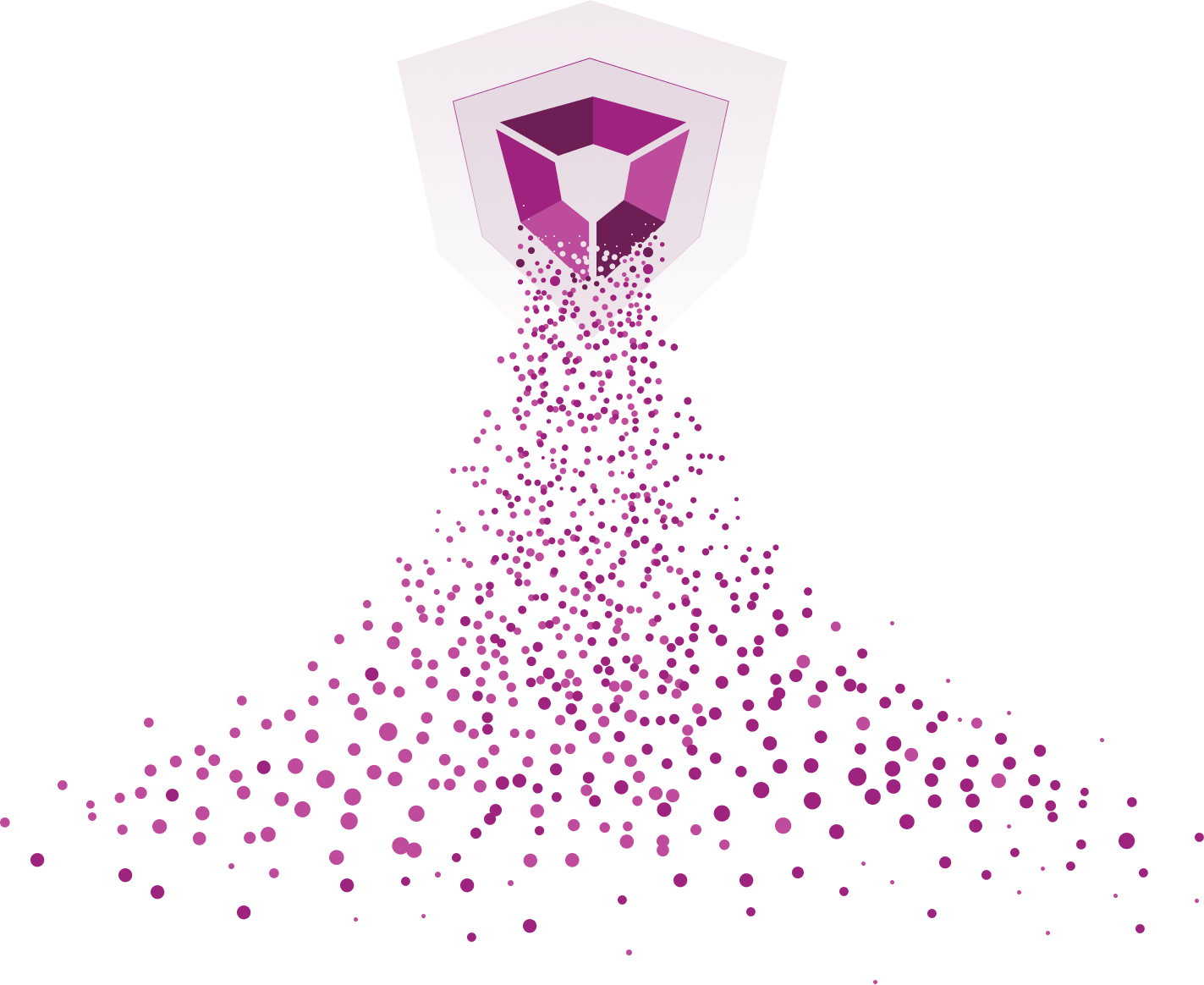Reservoir AI. Real Results.
Integrated AI, Geomechanics, and Reservoir Engineering software, basin models, and insights.

Select companies with successful deployments or projects
- Vital
- Anschutz
- SM Energy
- TGS
- PBX
- Hart Energy
- Vencer
- VTX
- Callon
- Franklin Mountain
- Admiral Permian
- Driftwood
- Hibernia
- Iron Orchard
- Henry
- ExxonMobil
- Marathon
- Maverick
- Rover
- TRP
- Legacy Reserves
Day One Basin Models
Unlock AI-powered forecasting across every major U.S. shale basin. Our models deliver pre-trained forecasts and heatmaps built on curated completions, sticks, and geologic data—ready to use on Day One. Explore basin-specific performance with no setup required.
How PetroAI Works
A simple AI workflow grounded in geoscience, powered by machine learning, and built to reflect true subsurface behavior.
Use the intuitive map and gunbarrel interface to draw proposed horizontal wells. Drag and edit well patterns—or import from your inventory. Visualize your plan spatially and in cross-section.

Instantly generate production forecasts for your planned wells using pre-trained basin models. No setup or calibration required—forecasts are based on thousands of completions and basin-specific geologic data.

Modify spacing, timing, landing zone, or completions design and see the impact on forecast and financial performance. Export results, compare against benchmarks, or run what-if scenarios across multiple DSUs.


Build your own PetroAI experience
Unlock full modeling power. Designed for engineers and data scientists who want to create, calibrate, and maintain proprietary basin models using internal or licensed datasets. Modeling users get deeper access, more control, and expert support.
See the DocsTrusted by public and private operators across every major U.S. shale basin
Our customers successfully apply PetroAI to a diverse set of use cases across the investment and asset lifecycle.
-
Model millions of acres of stacked pay
-
Reservoir workflows run 400% faster
-
Quantify productivity drivers and degradation factors